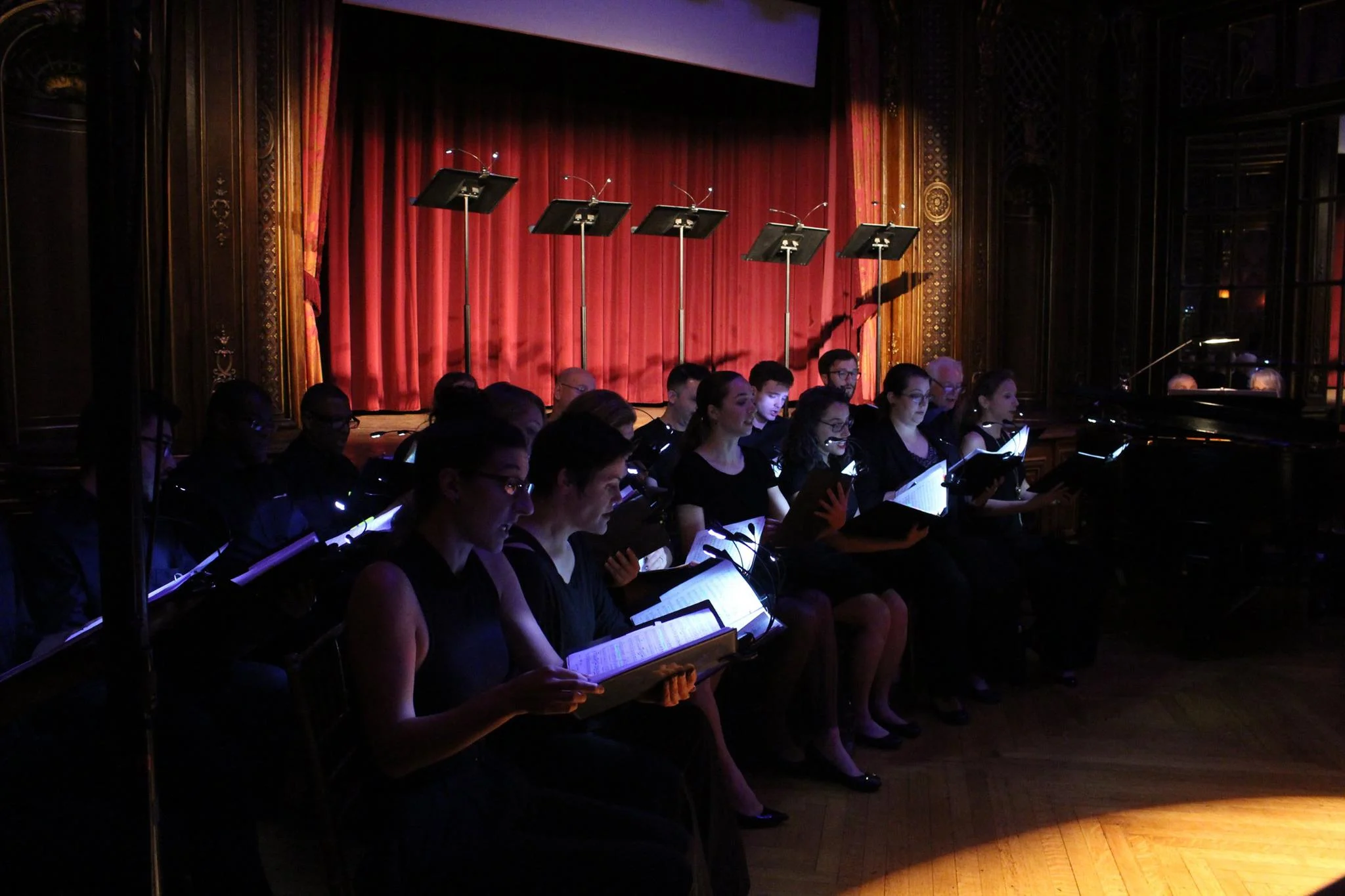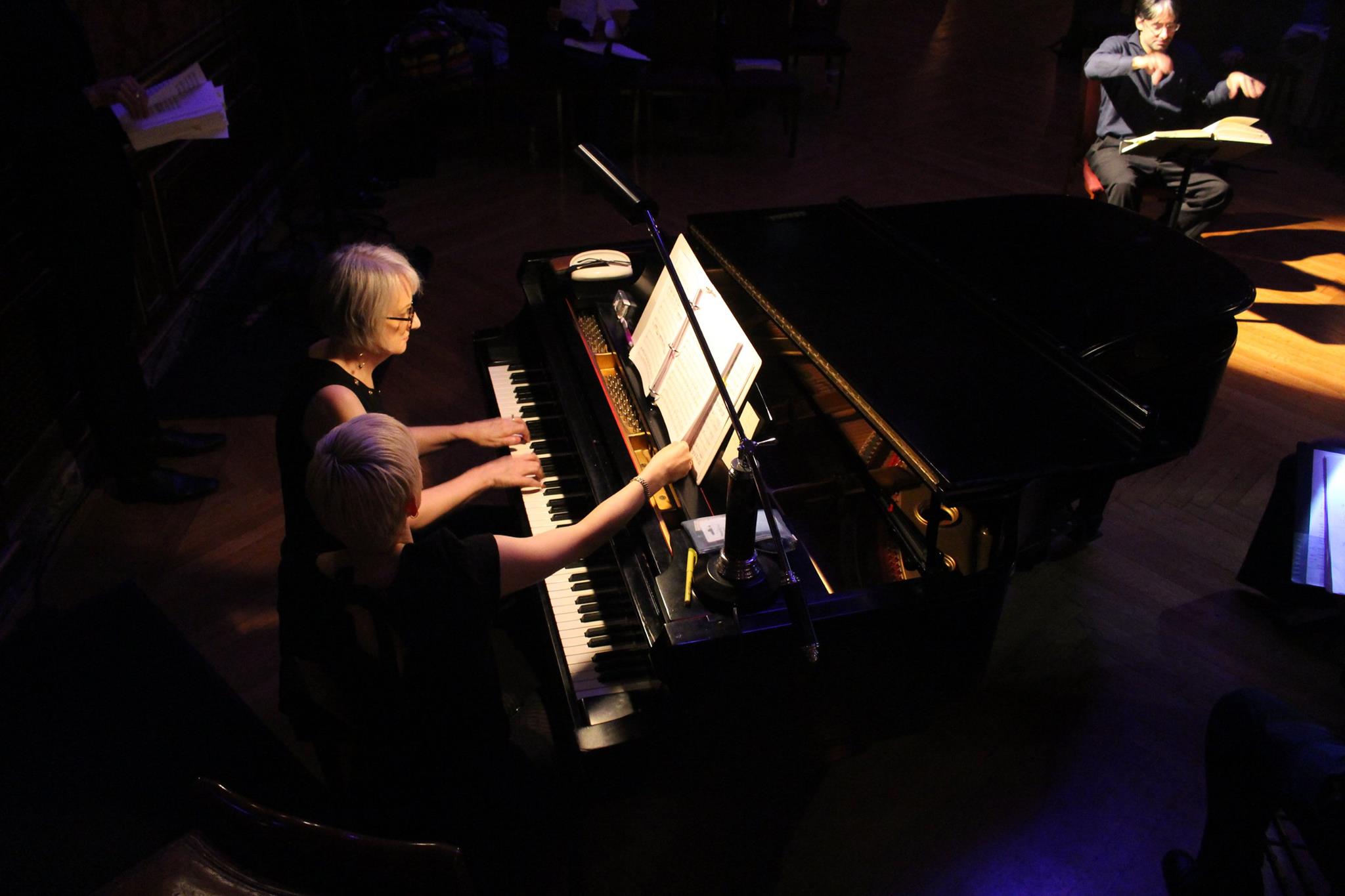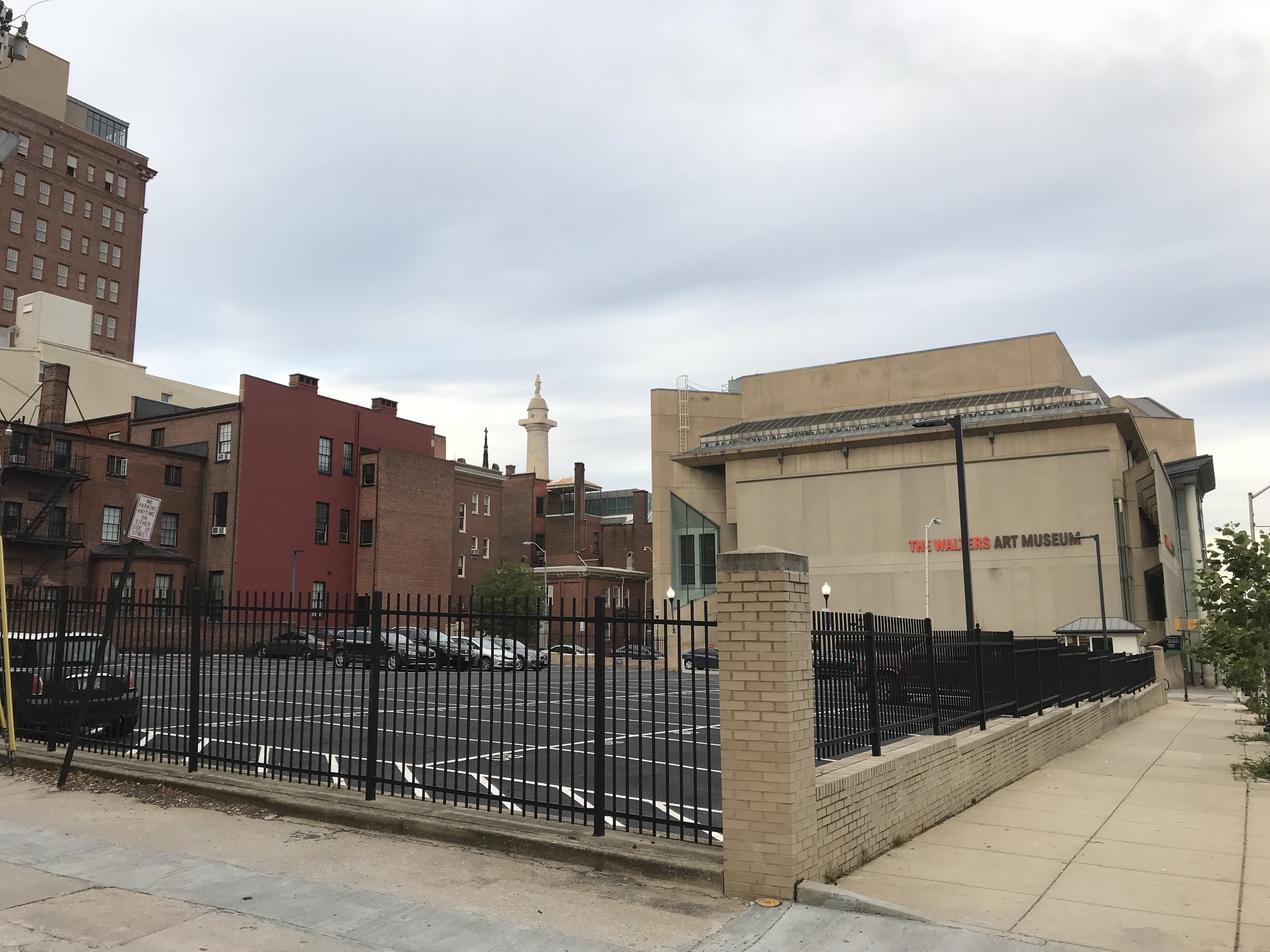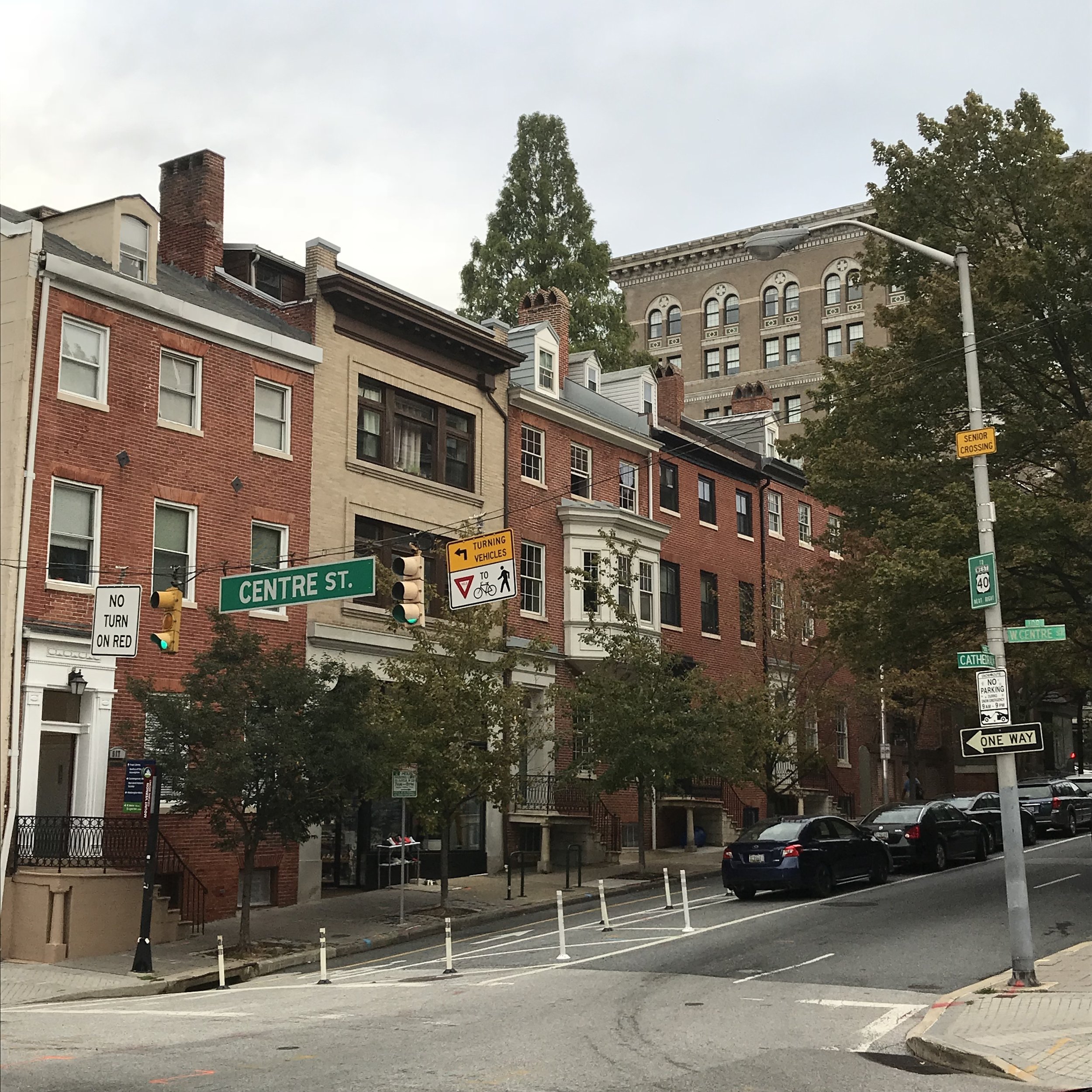Guillaume Tell (William Tell, 1829) is Rossini’s best opera. That was the audacious claim made by conductor Anthony Barrese in his pre-opera talk on Friday evening as Baltimore Concert Opera kicked off its ninth season with an enjoyable and enlightening concert version of composer Gioachino Rossini’s classic tale, most often known as the story of an archer forced to shoot an apple off the head of his son; the story is based on a play by Friedrich Schiller and librettists for this opera are Etienne de Jouy and Hippolyte-Louis-Florent Bis. Considering that Rossini also wrote 38 other operas, including one of the most popular operas of all time, Il Barbiere di Siviglia (The Barber of Seville), one might question Mr. Barrese’s choice. He supports his assertion by saying this French opera was different in musical style and complexity than Rossini’s previous works and had a strong influence on composers who were his contemporaries and those who came after. While Guillaume Tell is part of the standard opera repertoire, it is known even to non-opera fans for its striking overture popularized as the theme song for an early television hit series; you know the one. That Guillaume Tell is an important legendary figure in Swiss history and that the opera involves the important theme of a struggle for freedom, as well as a love story in a time of conflict, are much less well known in the US. I had not seen Guillaume Tell previously, and as an opera fan (and not a musicologist), I remain unsure which Rossini opera I would pick for his best, but the Baltimore Concert Opera has certainly drawn me into giving this opera more attention.
Baltimore Concert Opera poster for Guillaume Tell; l-r and t-b: Sean Anderson, Matthew Vickers, Caroline Worra, Claudia Chapa, Sharin Apostolou, Justin Hopkins, Jeffrey Beruan, Hans Tashjian, and Anthony Barrese. Image courtesy of Baltimore Concert Opera.
An interesting sidelight to this opera is that Rossini wrote the score for Tell when he was 37 years old and retired from composing operas at that point. He lived forty more years. He composed 39 operas from the age of 20 to 37 and then stopped, having displayed amazing productivity and produced important, influential works. He was the star composer of the times and a wealthy man, of such fame and influence, he was able to negotiate a generous pension from the French government as his last opera was being written. Following Tell, he composed additional short musical pieces and some songs, but mainly devoted himself to eating and holding parties with the elite and promising young musicians of his day. There is much speculation as to why he retired at this point. I perhaps can appreciate his decision more than most since I left a career in science to retire when I could have stayed longer; and now, I write an opera blog – I also do my share of eating, though my form of partying is to attend opera.
The story takes place in Switzerland in the 14th century when the country was occupied by Austria. The people resented Austrian rule and resisted. The hated Austrian governor, Gesler, ruled with an iron hand. Guillaume conspired with his fellow villagers to rebel, especially seeking the help of young Arnold, son of a respected town elder, Melchtal. Arnold struggled with this decision because he had fallen in love with Mathilde, the daughter of Gesler. And yes, as part of the action, Gesler forces Guillaume, who he accused of treason, to shoot the apple off his son Jemmy’s head. Having to do this caused the archer much fear and anguish, but Jemmy’s belief in the cause and in his father’s skill helped Guillaume make the shot successfully, which inspired the town’s people and set into motion the final conflict with Gesler. This legend has been adopted with great pride by the Swiss and its theme of the common people resisting authoritarianism resonated with that sweeping the European continent in the 1800s.
Claudia Chapa as Hedwige; Sean Anderson as Guillaume; Caroline Worra as Mathilde; and Matthew Vickers as Arnold. Dress rehearsal photo by Courtney Kalbacker; courtesy of Baltimore Concert Opera.
Guillaume Tell was originally four acts, almost five hours long. It was cut even as it was being rehearsed, and whenever presented, the director and conductor, must make decisions about what to leave in and what to take out. Rossini was unconcerned with this; he never intended that the full five hour version should be presented. The opera includes a large number of singers and a chorus. It also involves boating and a storm which must pose challenges to directors of fully-staged productions. BCO uses ten singers performing eleven roles and a nineteen-member chorus to present a two hour and forty-five minute version. BCO employs a pianist to provide musical accompaniment. Elizabeth Parker was the pianist for this performance; she impressively stepped in to take the assignment with only a week to prepare when the scheduled pianist had to withdraw. Hearing the opera’s themes and melodies played on the piano is educational; and gives me a greater appreciation for the texture of Rossini’s orchestral score.
Pianist Elizabeth Parker; Baltimore Concert Orchestra chorus. Dress rehearsal photos by Courtney Kalbacker; courtesy of Baltimore Concert Opera.
The performers sing in character as the English translation of the French libretto is shown overhead. Although the audience becomes immersed in the plot, the focus for BCO performances is clearly on the voices and singing. The singers are all professionals who have established careers singing in fully staged productions and concerts at opera houses and music halls around the US; many have performed previously with BCO. The chorus is BCO’s very own of whom they are justifiably proud; they are led by chorus master James Harp. They gave the audience a special treat by opening the performance with a choral version of the overture. The theater in the Engineers Club is relatively small (see photos at bottom), holding 220 patrons and the acoustics are good, which means you very quickly have the experience of learning just how powerful operatic voices are. It is a divine treat to be so close to the singers as they perform. Without an orchestra, costumes, and stage movement, there are no distractions. For the performers, this is laying their voices and singing bare. Any mistakes will be noticed, possibly even to the untrained ear; there were only a few I wondered about. I will mention a few of my favorites among the singers. The stand out performer for me was tenor Matthew Vickers who sang the role of Arnold. I thought he sang beautifully and his voice had that metallic resonance I like. Baritone Sean Anderson’s strong stage presence made for a compelling Guillaume. Soprano Caroline Worra sang Mathilde with style and feeling. We had the experience of hearing a coloratura soprano, Sharin Apostolou, singing a pants role, and she had the rare experience of wearing a dress while doing it. I also want to mention bass Jeffrey Beruan, who played Walter; I’d like to hear more of that voice and I hope he will return to BCO in a larger role. Other capable cast members were Timothy Augustin (two roles, Ruodi, a fisherman, and Rodolphe, a Gesler guard; Claudia Chappa, Tell’s wife; Hans Tashjian, Melchtal; Jeffrey Grayson Gates, a shepard; and Justin Hopkins, Gesler; all added to the performance. The action was driven by the recitative. However, my impression of this opera is that the individual arias, with exceptions, are not the stand outs. It was the duets and ensemble arias, including the very strong chorus, that drew the most ooh’s and aah’s from my heart.
Justin Hopkins as Gesler, Sean Anderson as Guillaume, Sharin Apostolou as Jemmy, and Timothy Augustin as Rodolphe. Dress rehearsal photo by Courtney Kalbacker; courtesy of Baltimore Concert Opera.
The education aspect of concert opera for opera fans should not be overlooked. Perhaps it was the concert format that caused the ensemble work to stand out for me. No doubt my opera knowledge took a step up by attending this performance. I also think that attending the concert version is a useful rehearsal for attending a fully staged version. I have started to listen to a recording of Guillaume Tell and find my appreciation for it has escalated. I sort of passed on making the trip up to the Met Opera last season to attend their William Tell, but now, attending a fully staged version is in my personal queue.
This was my first attendance at a BCO performance and there are many ways to view the BCO experience: a pleasant evening of opera with an add-on of exploring an interesting Baltimore neighborhood; experiencing the charm and grandeur of a 19th century mansion as an opera venue, the excitement of attending live opera up close and personal, and a chance to rub elbows with other opera fans. I hope to return with my wife in the future. Baltimore Concert Opera is an important contributor to the city’s cultural landscape
The Fan Experience: Baltimore Concert Opera presents each of their productions on Friday evening with a second performance on Sunday afternoon. For fans coming from the DC area, the matinee might be preferable. I left Tysons Corner, VA on Friday afternoon, catching the beginning of the DC rush hour which added about 35 minutes to a trip that can take as little as an hour. The Engineers Club is easy to find in the Mount Vernon area of Baltimore. There is adequate street parking and public parking lots; I readily found a street slot two blocks from the club; the public parking is relatively inexpensive; limited valet parking is available on weekends. For additional parking info click here. Prices for BCO performances are modest for what you get, ranging from $27.50 to $72.50 depending on how close to the front and middle you are. The stage is elevated so seeing at least the top half of the performers is possible even seated in the rear, which is all you need to see. Their next performance is the popular Jules Massenet’s Werther to be held on November 10, 12; you can order tickets at this link.
The area is a delight to walk around and take in the sights: The Baltimore Washington Monument stands between the Peabody Institute and the Engineers Club, a block apart, and the Walter’s Art Museum is only a block away in another direction; and there is a beautiful, small park across the street from the Club. The neighborhood is a blend of apartments, dorms, business offices, and restaurants. I grabbed dinner at the Mount Vernon Marketplace two blocks from the Engineers Club, an indoor food court with ethnic and standard fare, but not chains. The Pinch stand sells very tasty Chinese dumplings. It is also possible to dine in the Engineers Club; arrangements must be made 48 hours ahead. The Engineers Club is stationed in the Garrett-Jacobs Mansion and worth a trip by itself, where you can step back into the elegance of wealth in the 19th century, including Tiffany glass windows; I am told that several scenes from The House of Cards were filmed here. I have posted a slideshow of photos of the Engineers Club and its environs below (click on the image to advance to the next image).
Click image to see next image. Photos by author: Entrance to Engineers Club; entrance hall; dining area; social area; ballroom and concert hall; view of park across street; another park view; view of Walters Art Museum across public parking lot; street scene.














